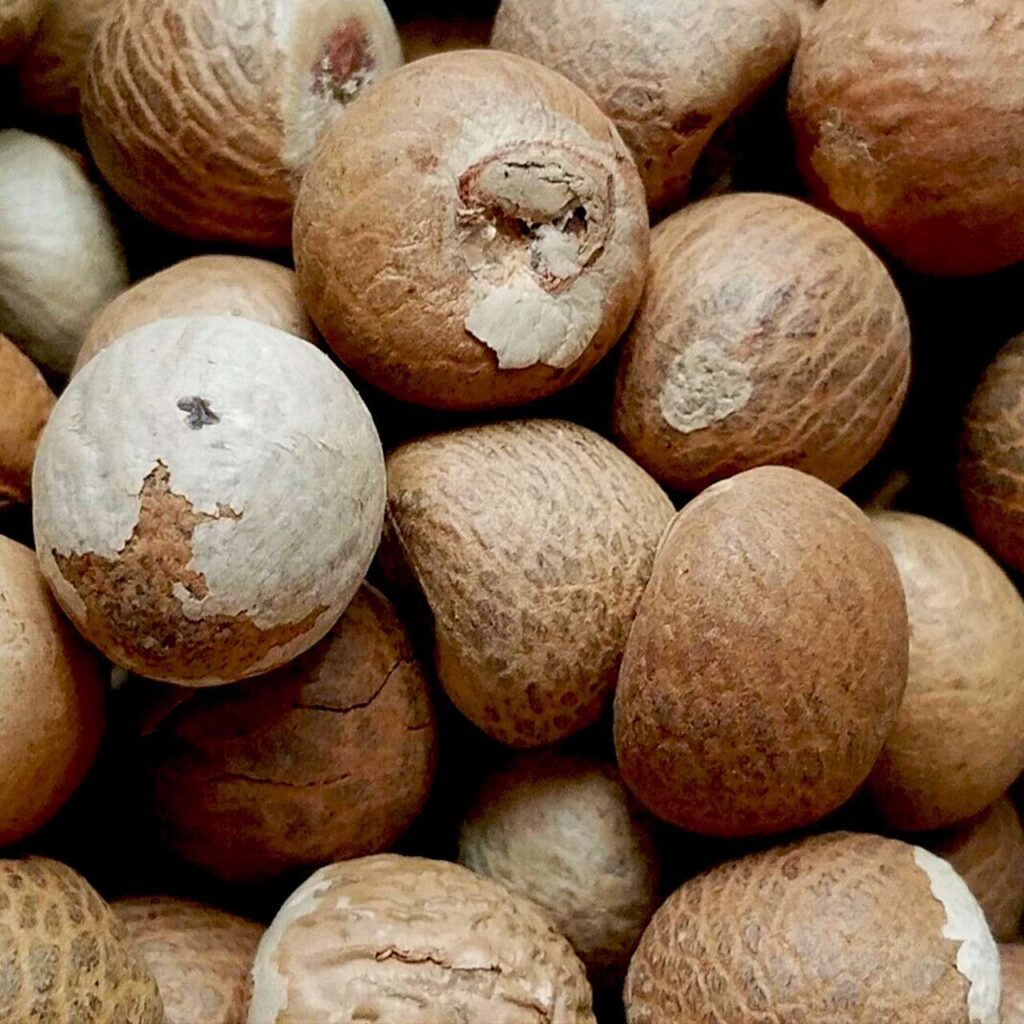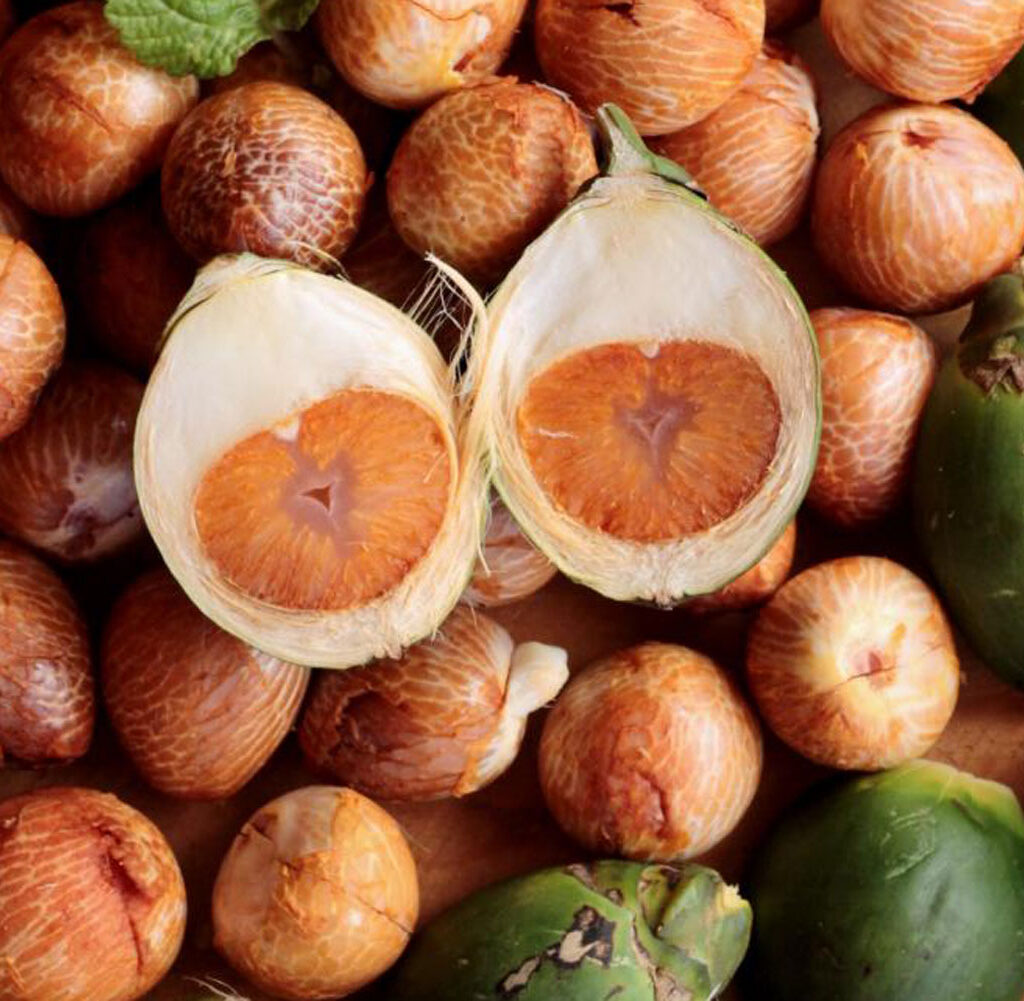Betel nut, also known as areca nut, holds significant cultural, economic, and medicinal value in many parts of Asia and the Pacific. Widely chewed for its stimulant effects — often wrapped in betel leaves — this small, reddish-orange fruit is deeply rooted in the traditions of countries like India, Myanmar, Bangladesh, and Indonesia. But which nation leads the world in producing this unique and historically important nut? Let’s uncover the answer, explore the fascinating world of betel nut cultivation, and understand its global importance.
Global Overview of Betel Nut Production

Betel nut is primarily grown in the tropical and subtropical regions of Asia and parts of the Pacific Islands. The nut comes from the areca palm (Areca catechu), a slender tree that thrives in humid, coastal, and warm environments. Betel nut is not just consumed as a casual stimulant but is also central to cultural rituals, religious ceremonies, and traditional medicine across several countries.
The global demand for betel nut has remained steady, despite growing health concerns associated with its use. The nut is typically chewed either alone or mixed with lime and spices, sometimes combined with tobacco for an extra kick.
Which Country Is the Largest Betel Nut Producer in the World?
India proudly holds the title of the largest betel nut producer in the world. The country’s favorable tropical climate, rich soils, and long-standing agricultural practices make it the perfect environment for areca palm cultivation.
Key Betel Nut Production Stats in India:
- Annual Production: Over 1.2 million metric tons.
- Global Share: Roughly 50–60% of the world’s total betel nut output.
- Major Producing States: Karnataka, Kerala, Assam, Meghalaya, Tamil Nadu, Maharashtra, and West Bengal.
Karnataka leads all other Indian states, contributing around 65% of the nation’s total betel nut production, especially in the districts of Shimoga, Chikmagalur, Dakshina Kannada, and Uttara Kannada.
Why Is India the Largest Betel Nut Producer?

Several factors position India as the undisputed leader in betel nut production:
- Ideal Climatic Conditions: Warm, humid climates with well-distributed rainfall — particularly in the Western Ghats and northeastern regions — are optimal for areca palms.
- Cultural Integration: Chewing betel nut (often called supari in India) is a centuries-old tradition across various communities and religious ceremonies, keeping domestic demand high.
- Extensive Agricultural Expertise: Indian farmers have refined betel nut cultivation practices over generations, utilizing advanced irrigation, organic fertilizers, and disease-resistant palm varieties.
- Well-Established Market Networks: India has a well-organized trade and distribution system for betel nuts, both within domestic markets and for export.
Other Major Betel Nut Producing Countries
While India dominates global production, several other countries contribute significantly to the world’s betel nut supply:
Myanmar
- Annual Production: Approx. 150,000 metric tons
- Betel nut chewing is deeply rooted in Burmese tradition.
- Commonly used during ceremonies and as a welcome offering to guests.
Bangladesh
- Grows mainly in the Chittagong Hill Tracts and Sylhet regions.
- Local consumption is high, with much of the produce used for chewing and traditional medicine.
Indonesia
- Known for its widespread cultivation across Sumatra, Sulawesi, and Papua.
- Significant betel nut exports, especially to neighboring Southeast Asian countries.
Sri Lanka
- A traditional betel chewing culture persists.
- Produces quality nuts, often exported to the Middle East and Europe.
Thailand, Malaysia, and Papua New Guinea
- Smaller-scale but culturally significant production.
- Used in rituals, hospitality practices, and as a mild stimulant.
Cultural and Economic Importance of Betel Nut

Betel nut holds immense cultural value, especially in South and Southeast Asia. In India, it is integral to weddings, religious festivals, and social gatherings. Offering betel nuts and leaves to guests symbolizes hospitality, respect, and good fortune.
Economically, betel nut farming provides livelihoods for millions of smallholder farmers. In India alone, over 5 million people are directly or indirectly involved in betel nut cultivation, processing, and trade.
Health and Regulatory Concerns
Despite its cultural and economic significance, betel nut consumption has come under scrutiny due to health risks. Studies link long-term chewing of betel nut — especially when combined with tobacco and lime — to oral cancer, gum diseases, and other health complications.
As a result:
- Countries like the United States, Canada, and the UK have restricted or discouraged betel nut imports.
- Several public health campaigns in India and Bangladesh now focus on raising awareness of its risks.
- However, in cultural and religious contexts, its consumption continues to thrive.
Betel Nut Market Outlook

The global betel nut market remains steady, primarily driven by:
- Traditional consumption markets: India, Bangladesh, Myanmar, and Sri Lanka.
- Diaspora communities abroad: In the Middle East, the UK, the US, and Australia.
- Use in traditional medicine and ayurvedic products: Due to its astringent, stimulant, and digestive properties.
India continues to export betel nuts to various countries, with markets in Nepal, Pakistan, UAE, Oman, and the UK.
Interesting Facts About Betel Nut
- The areca palm can grow up to 20 meters tall and bears fruit after 6–8 years.
- In many Asian wedding rituals, betel nuts are exchanged as symbols of prosperity and marital harmony.
- The combination of betel leaf, areca nut, and slaked lime is called a betel quid.
- In ancient times, betel nut was believed to ward off evil spirits and was buried with the deceased.
Conclusion

India’s deep-rooted cultural traditions, optimal climatic conditions, and agricultural expertise have made it the largest betel nut producer in the world. Despite health concerns and evolving regulations, betel nut remains a significant part of India’s agricultural economy and social rituals.
As global conversations about health risks and consumption patterns continue, the betel nut industry in India and neighboring countries is likely to adapt — finding a balance between tradition, health awareness, and market demands.
FAQs
Q: Which state in India produces the most betel nut?
A: Karnataka, contributing around 65% of India’s total production.
Q: Is betel nut banned in any countries?
A: Yes, countries like the US, UK, and Canada have restrictions on betel nut imports due to health concerns.
Q: What is the difference between betel nut and betel leaf?
A: Betel nut is the seed of the areca palm, while betel leaf is a leaf from the Piper betle vine — often used together in traditional chewing practices.





Leave A Comment